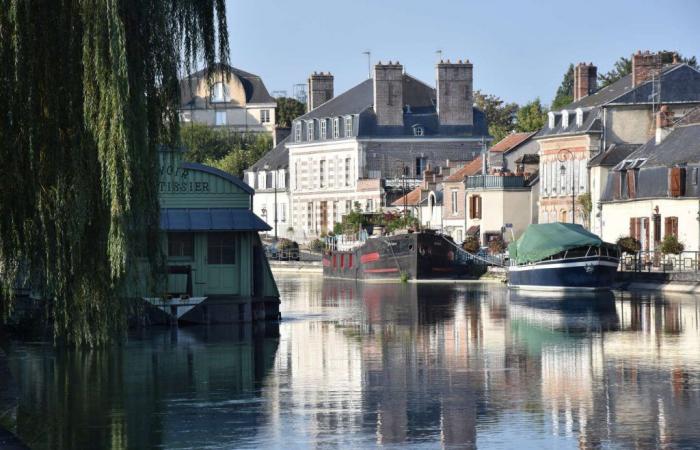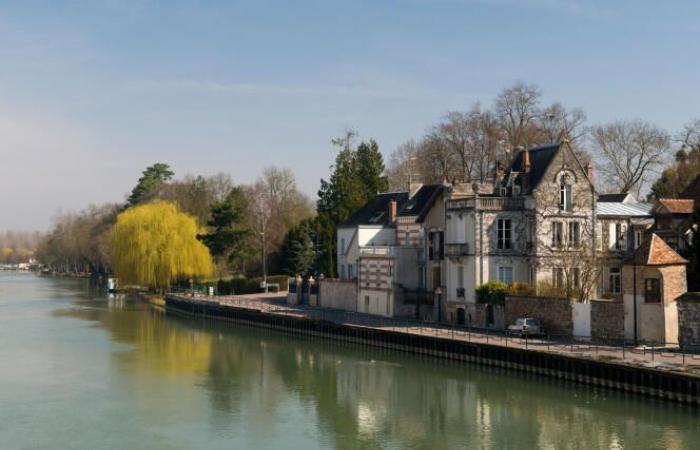We often associate Camille Claudel with Auguste Rodin, of whom she was at the same time the collaborator, the lover, the model and the inspiration. We associate her with Paris, with her last workshop on the Quai de Bourbon, on the island of Saint-Louis, which she only left in 1913 for psychiatric internment near Avignon. However, there is a city which perpetuates the memory of the virtuoso sculptor and whose museum in her name contains its largest collection of works in the world. It must be said that Camille Claudel’s catalog raisonné only contains ninety issues. The artist lost a lot of time, consumed by her relationship with Rodin. She destroyed many sculptures in her fits of distress. And stopped working permanently at age 48.
This town is Nogent-sur-Seine (Aube), nestled in a bend in the river, around a hundred kilometers from the capital. On the borders of Brie and Champagne, it is a pretty sub-prefecture with old houses, some of which, half-timbered, are centuries old. Camille Claudel lived here as a teenager in a bourgeois residence. She was the eldest daughter of the registrar of mortgages. His vocation for statuary manifested itself very early, and the great local sculptor, Alfred Boucher, spotted his talent. He was later his teacher in Paris.
In 2017, Claudel returned to Nogent thanks to the purchase by the municipality of the collection of Reine-Marie Paris, her great-niece. For seven years, the museum designed by Adelfo Scaranello has occupied an entire block of the city center, encompassing the old family home. By analogy with the clay earth, which Camille Claudel kneaded ardently to form her figures, and which she would even collect with her bare hands as we see at the beginning of the film directed by Bruno Nuytten (Camille Claudel1988), the architect used a handcrafted brick reminiscent of that decorating certain local facades. It is a contemporary creation that fits gracefully into the old fabric.
Journey into statuary
In the museum hall, we are greeted by a large bronze by Camille Claudel, Sakountala, a couple embracing, the man and the woman abandoning themselves to each other. Before accessing the works of the sculptor, the route offers a journey through late 19th century statuary.e century. The works of Alfred Boucher dialogue with those of Paul Dubois, another sculptor from Nogent. This is the period when statues take possession of public space. The body in movement, the female silhouette and humans at work are modeled. In a long room in the style of a workshop, Rodin and Claudel each offer a Woman crouching. “Claudel’s is more chaste, but just as expressive.”says Cécile Bertran, director of the museum.
You have 51.46% of this article left to read. The rest is reserved for subscribers.







